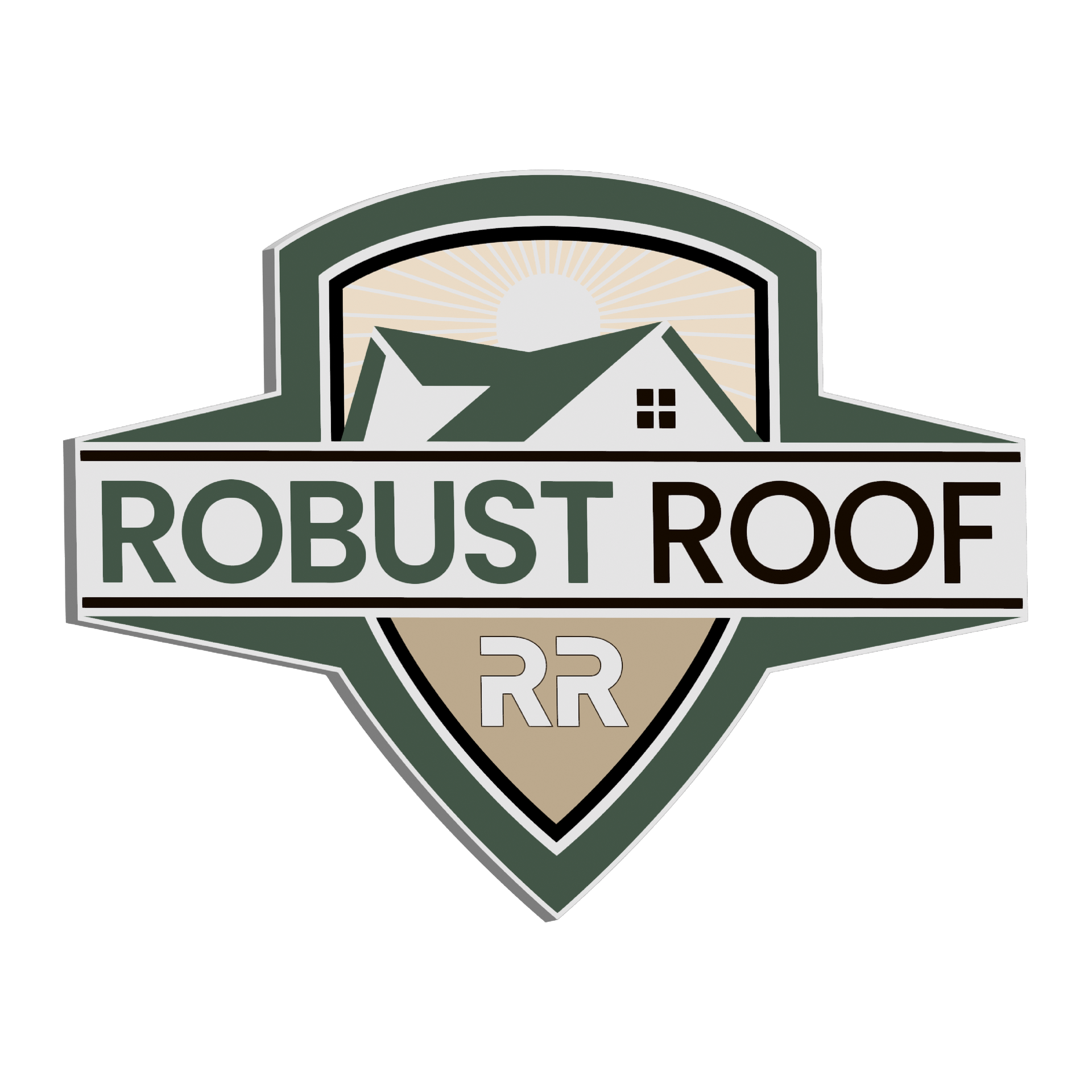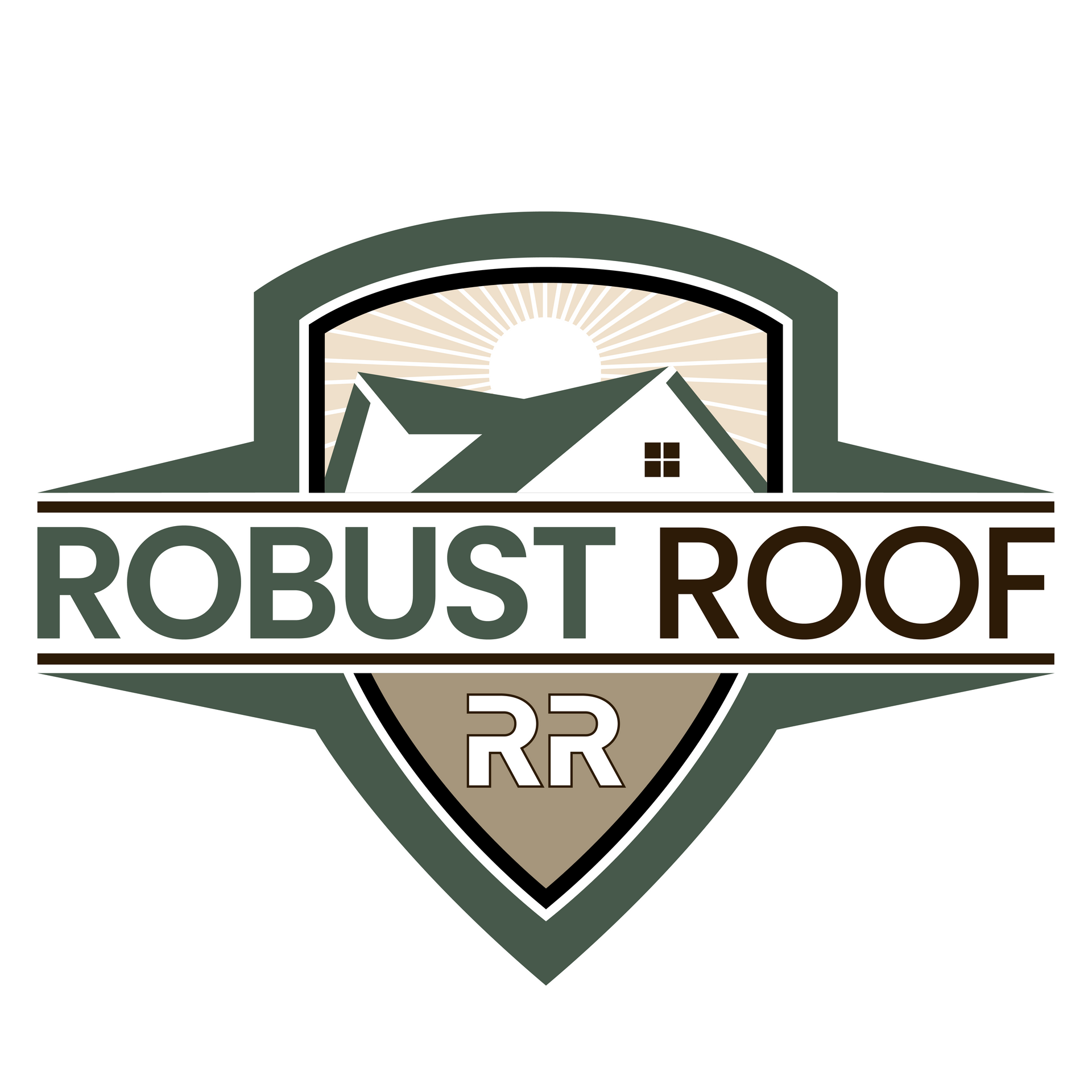If you’re in the process of repairing or installing a roof on your home, you may have heard the term, “drip edge.” To some homeowners, drip edges may seem like just another roofing component. Many may also wonder whether it’s necessary to install them.
Allow us to break down all you need to know about a drip edge. You will get to know if it's a crucial component to include on your roof and whether it offers any form of protection.
What is a drip edge on a roof?
A drip edge is a metal flashing, which can be PVC-coated and installed on roof edges to control water flow. Through a drip edge, water can be directed from the fascia to the roof gutter without causing any structural damage. The fascia is a wooden board that runs along the lower edge of the roof. Without a drip edge, water can rot out the fascia board and roof decking. The water damage could also affect other parts of your home.
How does a roof drip edge work?
Roof drip edges are installed on your roof perimeter, typically at the eaves. When installed by an expert like Robust Roof, it perfectly covers the edge of the roof deck, preventing water from getting into the shingles. It can shed water efficiently through its partly curved design that redirects the water down into the gutter system.
Types of roof drip caps

Not every drip edge is a perfect match for every roof type. Preferences vary based on factors like thickness, type of coating, and even color in some cases. To decide on a drip cap for your roof project, here’s a clear overview of each type:
- Aluminum Drip Edges: Aluminum drip edges are lightweight and corrosion-resistant. When properly maintained, they can last over forty years even with exposure to various weather conditions. They are also relatively inexpensive, easy to install, and can be painted to the homeowner’s color preference.
- Galvanized Steel Drip Edges: Galvanized steel is from zinc-iron alloy, giving it a high corrosion resistance. Drip edges made from galvanized steel are known for their strength and impressive resistance against wind.
- Copper Drip Edges: Copper drip edges are relatively expensive in comparison to aluminum steel. They are stronger and more durable than galvanized steel. Most homeowners consider copper drip edges as an attractive option for protecting their roofs because they are aesthetically pleasing.
- PVC-coated Drip Edges: Metallic drip edges can also be coated with PVC membrane typically on single-ply roofing systems. It prevents moisture intrusion and eliminates the need for adhesive stripping in most cases. This style also allows the color to last longer and stay clean. You can see why this is a popular drip edge material.
Our drip edge flashing process
Our roof drip edge installation process is simple. One of our roofing professionals will visit your property and review your roof dimensions. We will also determine the roof drip edge type that perfectly fits your home based on several factors like cost, compatibility with roofing materials, and weather conditions.
If there’s a roof replacement process underway, we can install your drip edge over the roof before shingles. Before we proceed to install your drip edge, we also ensure the wood portions of your eaves and rakes are in perfect condition to prevent future complications or unexpected repair costs in the future.
Metal roofing drip edge
Apart from redirecting water to the roof gutter, you can install a drip edge on your metal roof to improve its appearance and to seal openings. Metal roofs with drip edges are more aesthetic compared to an overhanging metal roof because they appear cohesive to the eye as well as function.
The best type of roof drip edge for a metal roof is aluminum. It’s a great pick because it’s available in different colors and can easily match your metal roof. Aluminum roofs can also withstand a significant amount of pressure, making them a great choice.
Galvanized steel drip edges are also great because they can match your metal roof and in many cases, are stronger than aluminum.
If you have a metal roof, you may be aware of small openings that may seem insignificant. However, those “small areas” can give way to bats, bugs, birds, and pests in your home. This is why it’s crucial to properly install a drip edge by consulting a roofing contractor.
To figure out the perfect drip edges for your metal roof installation, you may need professional help. Consulting an expert for your metal roof installation in Northern Virginia will ensure you don’t face any challenges, especially in terms of roof durability and appearance.
Drip edge install: can you do it on your own?
Yes, you can install a drip edge on your own once you have all the necessary knowledge and equipment. But, you need to weigh the risks. For instance, most DIY approaches to drip edge installation typically cost more in the long run due to high setup costs (buying or renting tools). There’s also a high risk of getting injured by the roof material. Drip Edge is most often custom bent to fit a roof in a particular manner and if you do not have previous experience in properly bending metal, you could end up with higher than normal material waste, due to mistakes. Instead of considering the DIY approach, save yourself time and aggravation, reduce potential risk, and consult a professional roof installation service to achieve excellent results. In fact, allow us to give you a hand! Here at Robust Roof, we will be glad you help you with all your roofing needs, including installing the best type of drip edge for your roof. We are your trusted gutter and roofing company that services the entire northern portions of Virginia. Contact us today to get your roofing project started!
FAQs
-
What does a drip edge look like?
Drip edges are typically L-shaped metal sheets made from aluminum, galvanized steel, or copper. In some cases, they can be PVC-coated for aesthetic reasons. Some drip edges can also have T-shaped edges, C-shaped edges (type C drip edge), or F-shaped edges.
-
Does the gutter go under the drip edge?
Yes, the gutter typically goes under the drip edge of the roof to effectively direct water from the roof and prevent damage. Bad positioning of the gutter may ultimately damage the fascia and soffit.
-
Do you need a drip edge with gutters?
Yes. In fact, drip edges are not functional without the roof gutters. With proper installation, a drip edge should channel water through the gutter system to keep the roof protected. So, you will always find yourself needing a drip edge with gutters.
-
Is a drip edge necessary on a roof?
Yes! Regardless of the type of roof, a drip edge offers an additional layer of protection against water damage. So, it’s essential to have them installed on your roof. Drip edges are also required per building codes to protect against snow and rain.
-
Do Insurance Policies Usually Require this?
Yes, indirectly. The insurers have portions of the policy that exclude coverage from acts of God and wear and tear. One of the causes for them to reject coverage is what they deem as Neglect. Not having drip edge can be considered neglect since the Drip Edge prevents wicking of water into the wood edge on the rakes of your roof. This water wicking can cause hard to see water damage to wood decking on your roof and prevent insurance company’s from providing coverage.


OUR COMPANY
OUR SERVICES


